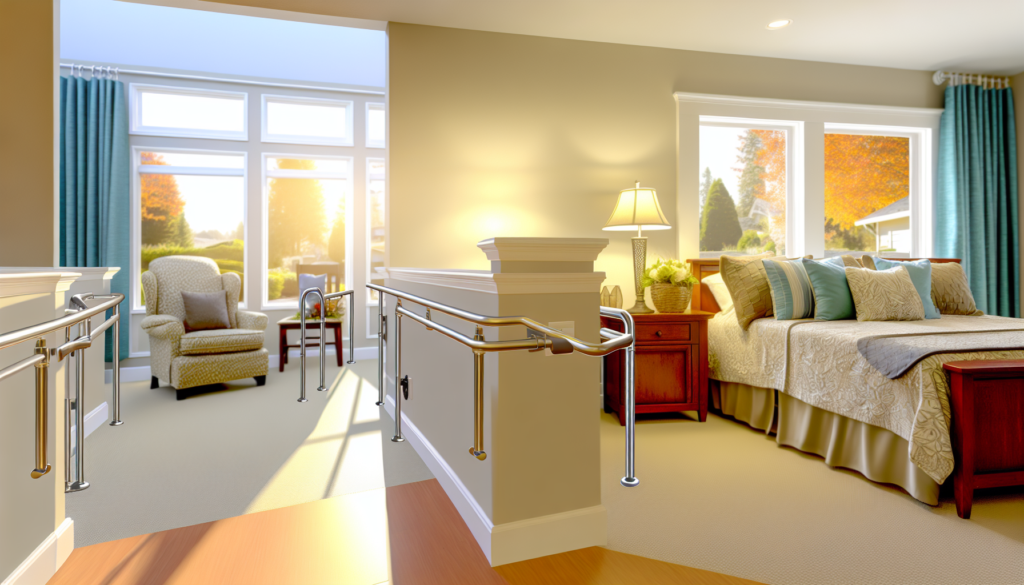Creating a Comfortable and Safe Home Environment for Elderly Loved Ones
When it comes to home healthcare, the environment in which an individual lives plays a significant role in their overall well-being. For elderly loved ones who prefer the comfort and familiarity of their own homes over assisted living facilities, creating a safe and comfortable home environment is vital. Here are some tips to help you transform an ordinary home setting into a secure, comfortable haven that promotes health and happiness for your elderly loved ones.
Making the home accident-proof
Accident-proofing the home is the first step towards building a safe living environment for your elderly loved ones. This means removing tripping hazards, installing grab bars and handrails, and making sure all areas are well-lit. Best practices include securing loose rugs, eliminating clutter, and rearranging furniture for clear walkways. Extra lighting in darker areas can also be beneficial.
Investing in home modifications
Sometimes, simple modifications around the home can significantly enhance safety and convenience. For example, a walk-in tub or shower, heightened toilet seat, adjustable bed, or chair lift for stairs can make all the difference for individuals struggling with mobility issues.
Promote physical activity
Encouraging regular physical activity can improve mobility, strength, and overall health. Simple activities such as walking around the house or garden, light stretching exercises, or chair yoga can be hugely beneficial.
Ensure proper nutrition
Good nutrition is crucial for overall wellness. A well-balanced diet not only keeps the body healthy but also supports immune function, reduces the risk of chronic diseases, and aids recovery from illnesses or injuries. Consider arranging for a meal delivery service, or hiring a part-time cook if your loved one struggles with meal preparation.
Keep the mind engaged
Keeping the mind active can slow cognitive decline and promote mental wellness. Encourage your loved ones to participate in activities they enjoy – be it reading, puzzles, arts, or listening to music.
Provide social interaction
Social interaction can contribute to emotional health and reduce feelings of loneliness or depression. Regular visits, phone calls, or video chats can make a big difference in your loved one’s mental well-being.
Taking care of elderly loved ones at home can be a rewarding experience, but it also comes with challenges. By taking proactive steps to create a safe and comfortable home environment, you can make a significant difference in their overall quality of life. Remember, home should be a haven, and with the right planning and modifications, it can become just that for your loved ones.



